How to process Employees PF and ESI?
Highlights
Here we will try to understand following and how to handle them?
- What is PF and ESI in Employee salary?
- How is ESI and PF calculated with example?
- How to pass the accounting entries to show these values
Importance of Employees PF and ESI.
Employees Provident Fund (PF) and Employee State Insurance (ESI) payments are an important components of salary for an Employee in India. Government of India created these as Employee benefits in case of any mishap happens. This amount is “Savings in rainy days”. Missing the payments are treated as a criminal offence towards the companies. So everyone wants to make sure that these are paid on time.
PF – Provident fund – Here an equal portion every month is deducted from an employee salary and the same amount is contributed by Employer. Employer will pay this total amount to Govt towards this Employee PF Account. Government gives high annual interest to this amount.
ESI – Employee State Insurance – This is a good scheme for the employees who doesn’t have a private medical insurances.
Explain with an example on How Employees PF and ESI are calculated? (from 1st Jul 2019 onward)
A 4% of Base salary (3.25% from Employees and 0.75% from Employers) is contributed for ESI- This is paid to Government by 15th of every month.
PF Contribution is 12% of the Basic Salary (upto Rs 15,000.00). Along with 12% is contributed by Employers. By 15th of every month, this total amount is deposited into Employee Provident Fund account.
Why this is a complicated process?
Deduction of PF and ESI and processing it has been a complicated process because of the following reasons.
- PF and ESI amounts are deducted from the Salary paid to the employees. – Normally happens by MONTH END.
- This amount is kept in a Suspense Accounts or “PF to Pay” accounts.
- These amounts are paid to Govt by the next month before an agreed date. For example in India, its 15th of Every month to pay the PF money for the previous months salaries.
- At this stage, the money is cleared from your Bank Account.
- Here 2 amounts are to be PAID. Contribution from Employee and Contribution from Company.
So it contains multiple entries and reversal of transactions etc.
How to process Employees PF and ESI Payments?
Follow the below case to manage your PF and ESI Payments as part of Salary. Important steps to follow are as below.
- First we need to deduct this necessary amounts from Employee Salaries as part of the month end salaries.
- Later this amount with Employers Contribution is PAID to Government.
Step-1: Go to “Accounts Master” and create the PF, ESI, Professional tax Accounts. This is the step to follow.

Step-2: Go to JOURNAL ENTRY and pass a JOURNAL ENTRY.
Here we are booking the complete SALARY EXPENSES and create a LIABILITY towards the SALARY PAYABLE Accounts. In business, this MONTH’s salary is paid NEXT MONTH. But the expenses have to be BOOKED in the respective / Current month. So we do this way.
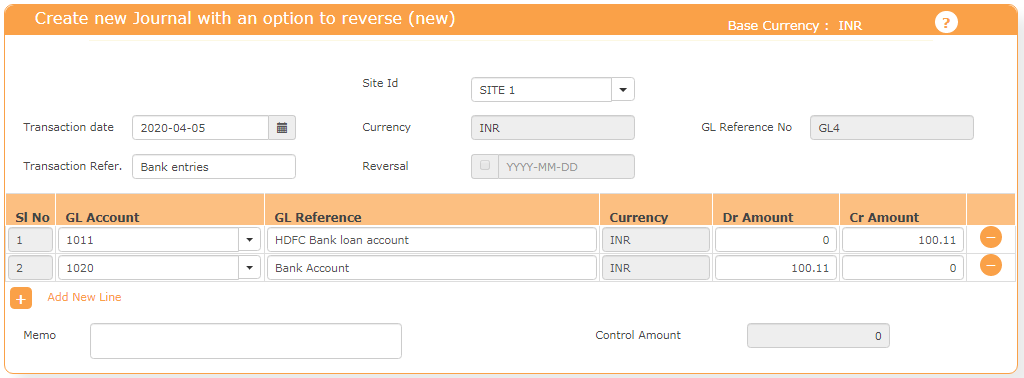
Step-3: When the actual SALARY is PAID, go to EAP menu and do the Payments against “SALARY PAYABLE” account.
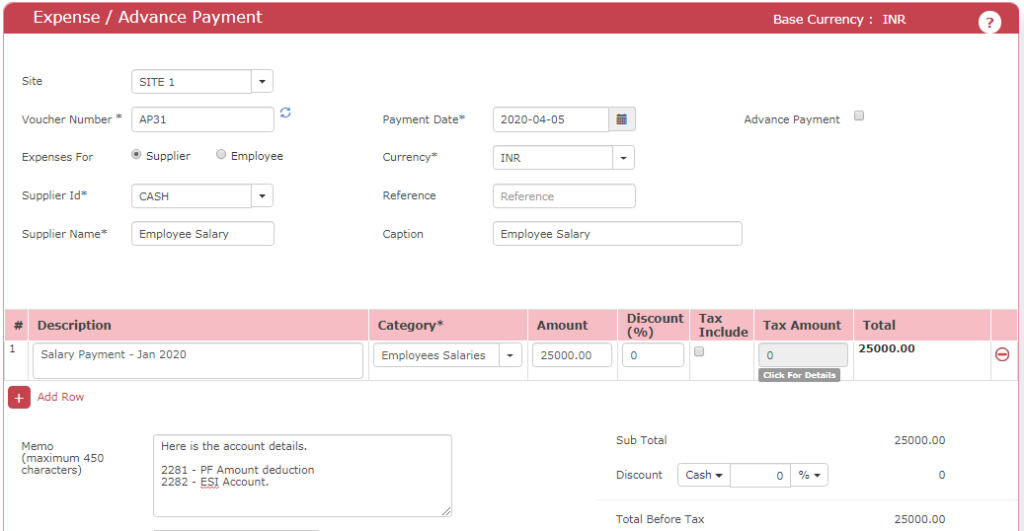
Step-4: In voucher adjustment accounts SELECT PF and PT Accounts as below.
This needs to be handled at the same screen.
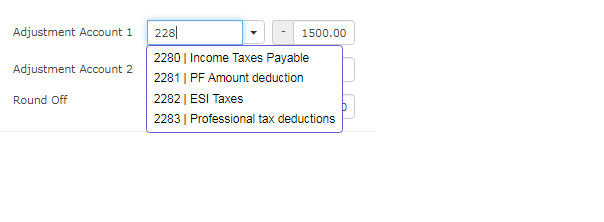
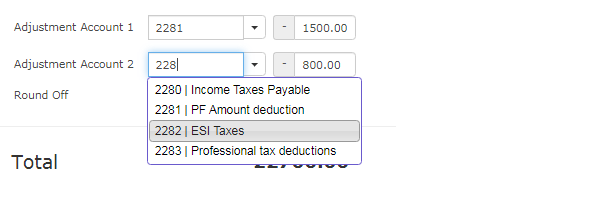
Step-5: Now we have created the following transaction
- Salary PAYABLE Account is “DEBITED” (Earlier JOURNAL ENTRY, this account was “CREDITED”). So it is now Balanced.
- We have created LIABILITY from COMPANY towards PF / PT accounts
Step-6: When you are PAYING the PF Money to GOVT, create one more VOUCHER for the same as below.
This is an important step to follow. Because when you are paying the money to government, you need adjust the amount against original booked accounts.
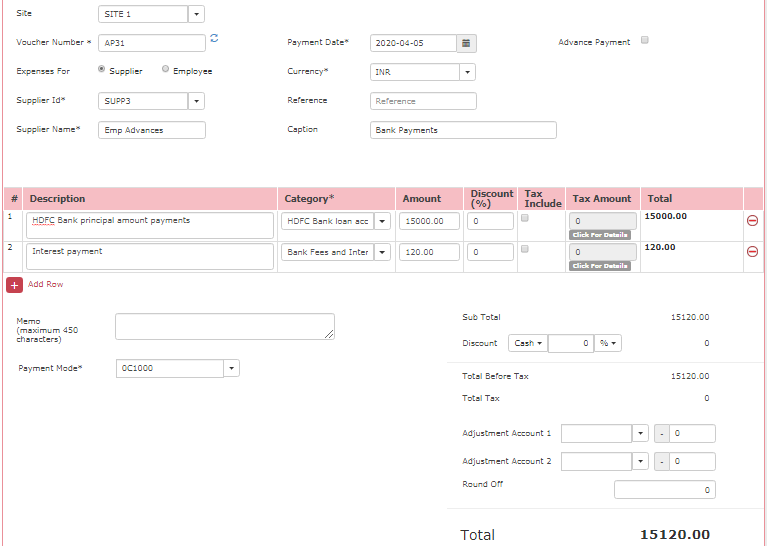
This will square off the pending money that needs to be paid to GOVT and close the balances.
One of the complexity of this process is the
- Booking of the Salary Amount, PF and ESI amounts and nothing is PAID to NOW. (few manufacturing companies pay their employee salary by the first of week of next month)
- Salary is paid after deducting the EPF and ESI and any other charges. Now the amount reduced from bank Accounts.
- Pay these amounts to Govt from the Bank Accounts.